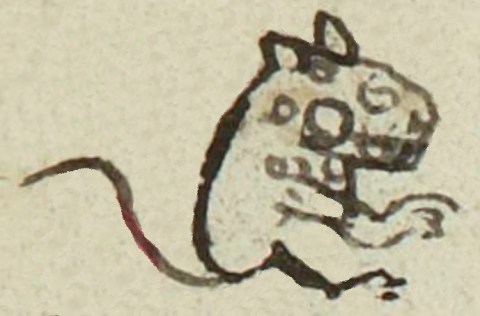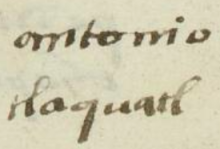Tlacuatl (MH631r)
This black-line drawing of the simplex glyph for the personal name Tlacuatl ("Opossum" or "Possum," attested here as a man's name) shows a little animal in profile view, facing toward the viewer's right. It has spots on its coat, its feet are stretched out in front of it, and its tail is curving behind. The tlacuatl entered Mexican Spanish as tlacuache.
Stephanie Wood
Although there is no hint of sexuality of fertility in this glyph, in Nahua culture the tlacuatl does have associations with sexuality and fertility. [See the MA art history thesis by Deniz Martinez, “Cross-cultural Currents and Syncretism in Early Modern Opossum Iconography,” Lindenwood University, 2022, 39; https://digitalcommons.lindenwood.edu/cgi/viewcontent.cgi?article=1092&c...
Stephanie Wood
antonio
tlaquatl
Antonio Tlacuatl
Stephanie Wood
1560
Jeff Haskett-Wood
animales, animales, zarigüeya, marsupial, nombres de hombres

tlacua(tl), an opossum, https://nahuatl.wired-humanities.org/content/tlacuatl
Tlacuache
Stephanie Wood
Matrícula de Huexotzinco, folio 631r, World Digital Library, https://www.loc.gov/resource/gdcwdl.wdl_15282/?sp=344&st=image.
This manuscript is hosted by the Library of Congress and the World Digital Library; used here with the Creative Commons, “Attribution-NonCommercial-ShareAlike 3.0 License” (CC-BY-NC-SAq 3.0).




